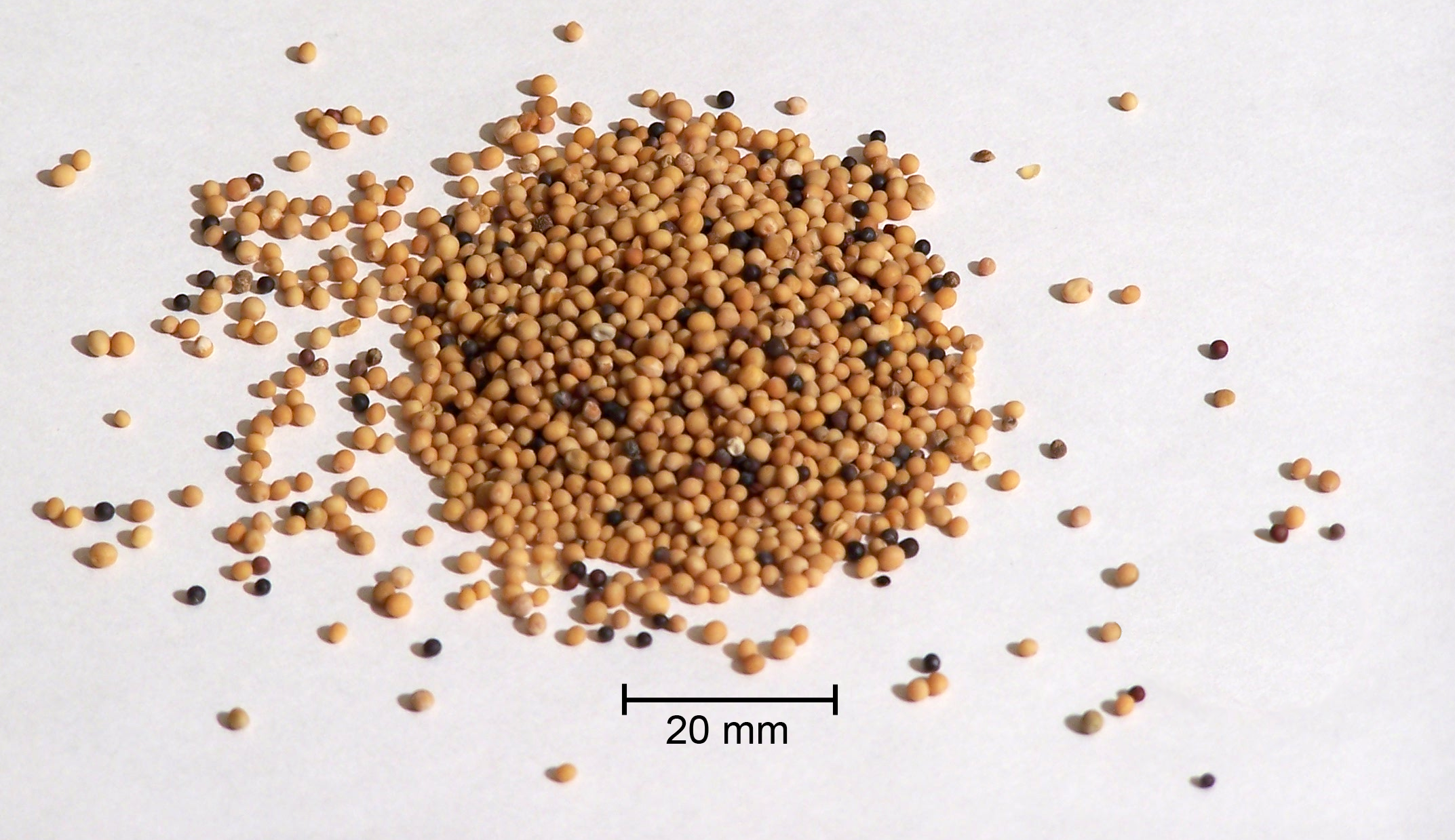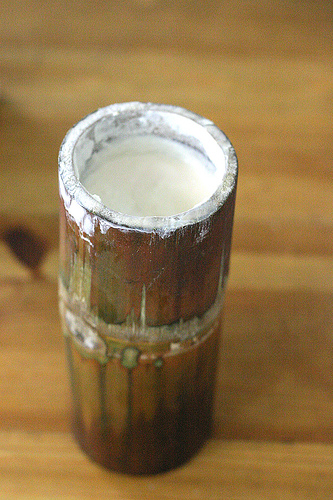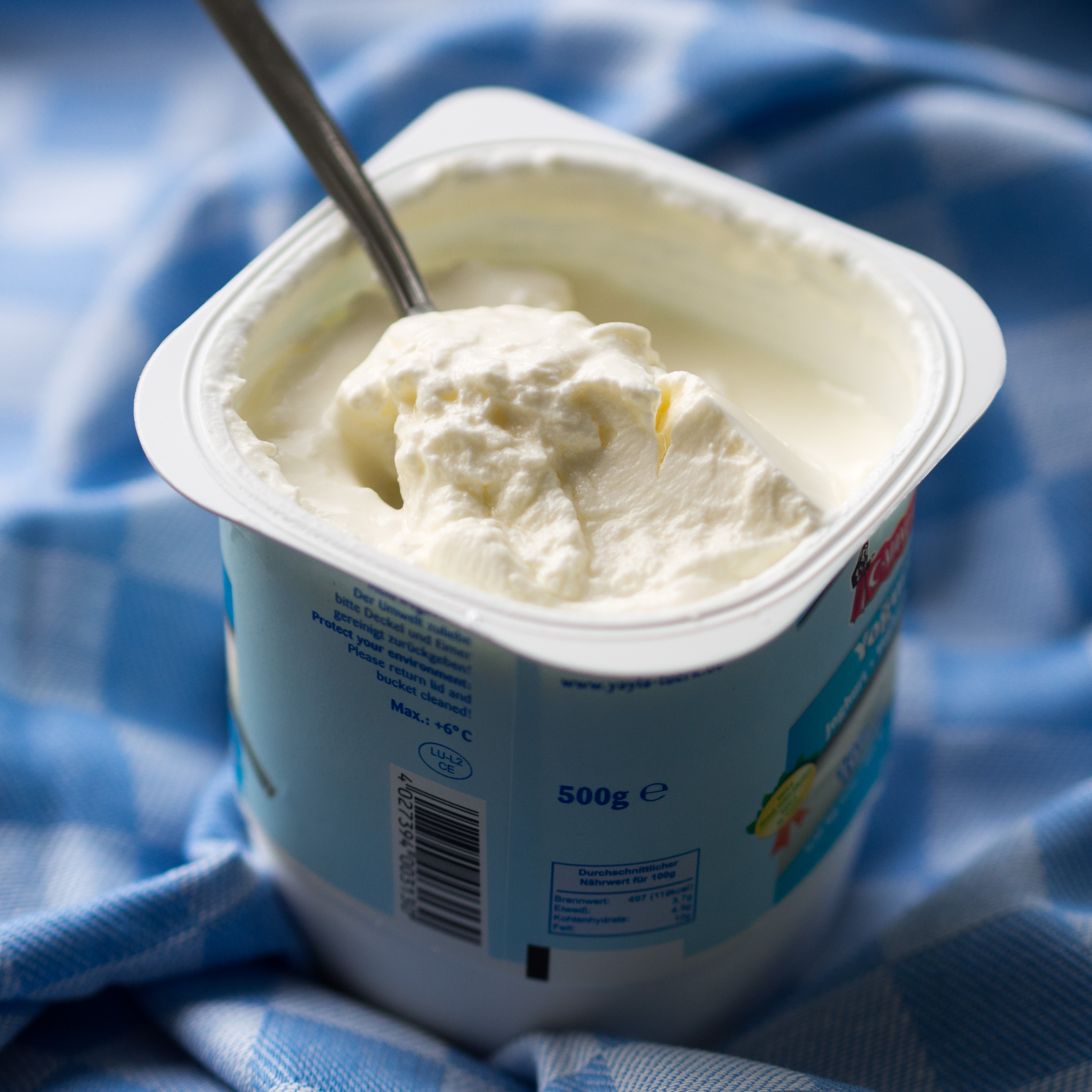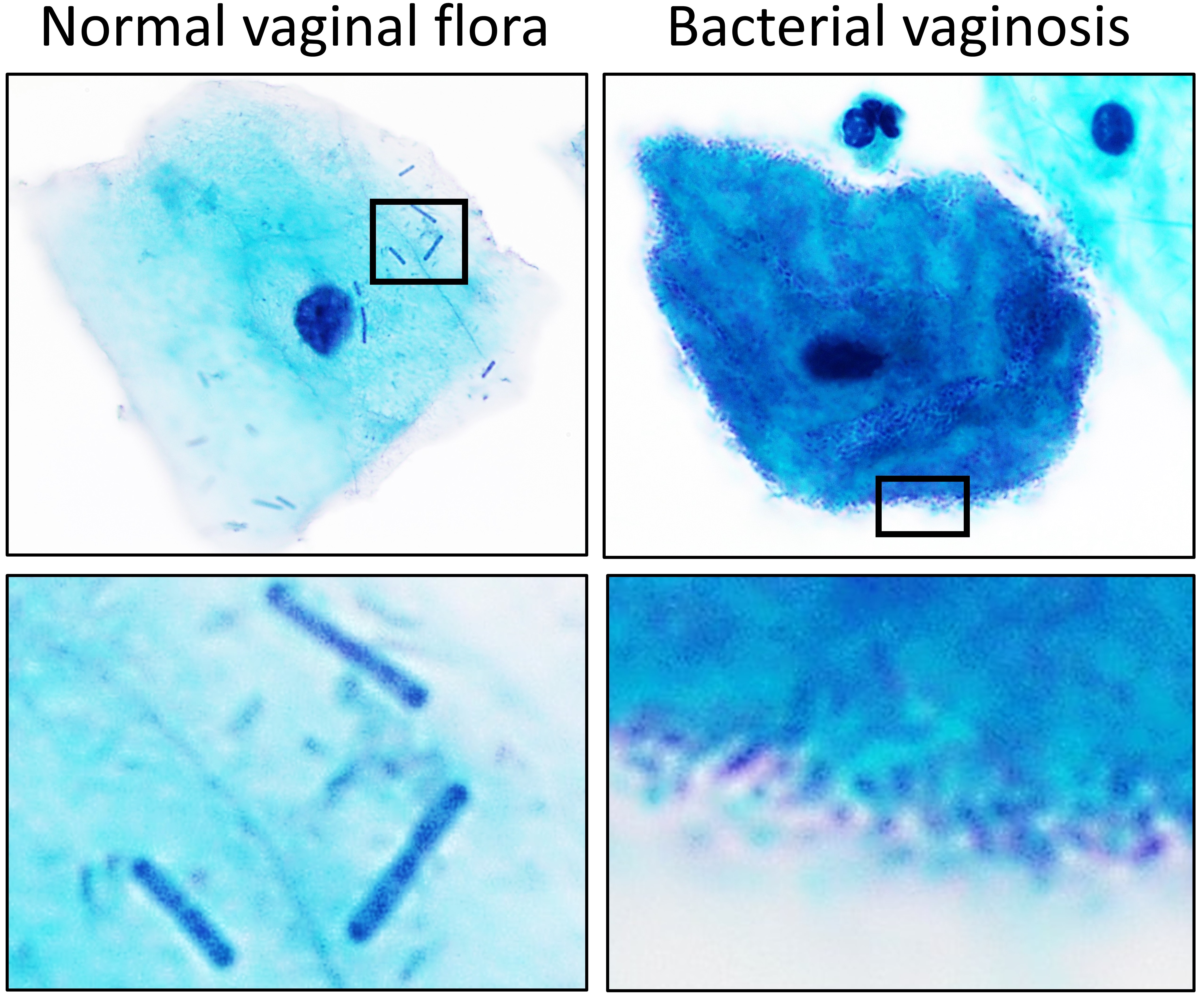|
Pickled Cucumber
A pickled cucumber – commonly known as a pickle in the United States, Canada and Australia and a gherkin ( ) in Britain, Ireland, South Africa, and New Zealand – is a usually small or miniature cucumber that has been Pickling, pickled in a Brine (food), brine, vinegar, or other solution and left to ferment. The fermentation process is executed either by immersing the cucumbers in an acidic solution or through souring by lacto-fermentation. Pickled cucumbers are often part of mixed pickles. Historical origins It is often claimed that pickled cucumbers were first developed for workers building the Great Wall of China, though another hypothesis is that they were first made as early as 2030 BC in the Tigris Valley of Mesopotamia, using cucumbers brought originally from India. According to the New York Food Museum, archaeologists believe ancient Mesopotamians pickled food as far back as 2400 B.C. while, centuries later, cucumbers native to India were being pickled in the Tig ... [...More Info...] [...Related Items...] OR: [Wikipedia] [Google] [Baidu] |
Delicatessen
A delicatessen or deli is a grocery that sells a selection of fine, exotic, or foreign prepared foods. Delicatessens originated in Germany (contemporary spelling: ) during the 18th century and spread to the United States in the mid-19th century. European immigrants to the United States, especially Ashkenazi Jews, popularized the delicatessen in U.S. culture beginning in the late 19th century. Today, many large retail stores like supermarkets have deli sections. Etymology ''Delicatessen'' (meaning ''Delicacies'') is a German loanword which first appeared in English in the late 19th century and is the plural of . (Albeit common then, the german spelling with "c" is meanwhile dated.) The German form was lent from the French , which itself was lent from Italian , from , of which the root word is the Latin language, Latin adjective , meaning "giving pleasure, delightful, pleasing". The first U.S. short version of this word, ''deli'', came into existence probably after World War ... [...More Info...] [...Related Items...] OR: [Wikipedia] [Google] [Baidu] |
Delicacy
A delicacy is a rare food item that is considered highly desirable, sophisticated, or peculiarly distinctive within a given culture or region. A delicacy may have an unusual flavor or be expensive compared to everyday foods. Delicacies vary across countries, customs, and ages. Some delicacies are confined to a certain culture, such as fugu in Japan and ant larvae ( escamoles) in Mexico, or may refer to specific local products, such as porcino, venison or anchovy. Culture plays a role in determining what is considered a delicacy. The long-standing tradition and practice of insect consumption represented in Oaxaca, Mexico has occurred for centuries. The availability of foods or particular ingredients may determine the types of delicacies associated with different cultures. See also * Acquired taste * Chinmi – Includes a list of Japanese delicacies * Delicatessen A delicatessen or deli is a grocery that sells a selection of fine, exotic, or foreign prepa ... [...More Info...] [...Related Items...] OR: [Wikipedia] [Google] [Baidu] |
Mustard Seed
Mustard seeds are the small round seeds of various mustard plants. The seeds are usually about in diameter and may be colored from yellowish white to black. They are an important spice in many regional foods and may come from one of three different plants: black mustard ('' Brassica nigra''), brown mustard ('' B. juncea''), or white mustard ('' Sinapis alba''). Grinding and mixing the seeds with water, vinegar or other liquids creates the yellow condiment known as mustard. Cultivation Mustard seeds generally take eight to ten days to germinate if placed under the proper conditions, which include a cold atmosphere and relatively moist soil. Mature mustard plants grow into shrubs. Yellow mustard has a plant maturity of 85 to 90 days; whereas, brown and oriental mustard have a plant maturity of 90 to 95 days. If the temperature conditions are conducive to growth, a mustard plant will begin to bud five weeks after the seedlings have appeared. The plant will reach full bloo ... [...More Info...] [...Related Items...] OR: [Wikipedia] [Google] [Baidu] |
Dill
Dill (''Anethum graveolens'') is an annual herb in the celery family Apiaceae. It is native to North Africa, Iran, and the Arabian Peninsula; it is grown widely in Eurasia, where its leaves and seeds are used as a herb or spice for flavouring food. Etymology The word ''dill'' and its close relatives are found in most of the Germanic languages; its ultimate origin is unknown. Taxonomy The genus name ''Anethum'' is the Latin form of Greek ἄνῑσον / ἄνησον / ἄνηθον / ἄνητον, which meant both "dill" and " anise". The form 'anīsum' came to be used for anise, and 'anēthum' for dill. The Latin word is the origin of dill's names in the Western Romance languages ('anet', 'aneldo' etc.), and also of the obsolete English 'anet'. Botany Dill grows up to from a taproot like a carrot. Its stems are slender and hollow with finely divided, softly delicate leaves; the leaves are alternately arranged, long with ultimate leaf divisions measuring broad, s ... [...More Info...] [...Related Items...] OR: [Wikipedia] [Google] [Baidu] |
Horseradish
Horseradish (''Armoracia rusticana'', syn. ''Cochlearia armoracia'') is a perennial plant of the family Brassicaceae (which also includes Mustard plant, mustard, wasabi, broccoli, cabbage, and radish). It is a root vegetable, cultivated and used worldwide as a spice and as a condiment. The species is probably native to Southeastern Europe and Western Asia. Description Horseradish grows up to tall, with hairless bright green unlobed leaves up to long that may be mistaken for docks (''Rumex''). It is cultivated primarily for its large, white, tapered root. The white four-petalled flowers are scented and are borne in dense panicles. Established plants may form extensive patches and may become invasive unless carefully managed. Intact horseradish root has little aroma. When cut or grated, enzymes from within the plant cells digest sinigrin (a glucosinolate) to produce allyl isothiocyanate (mustard oil), which irritates the mucous membranes of the Paranasal sinus, sinuses and H ... [...More Info...] [...Related Items...] OR: [Wikipedia] [Google] [Baidu] |
Garlic
Garlic (''Allium sativum'') is a species of bulbous flowering plants in the genus '' Allium''. Its close relatives include the onion, shallot, leek, chives, Welsh onion, and Chinese onion. Garlic is native to central and south Asia, stretching from the Black Sea through the southern Caucasus, northeastern Iran, and the Hindu Kush; it also grows wild in parts of Mediterranean Europe. There are two subspecies and hundreds of varieties of garlic. Garlic has been used for thousands of years as a seasoning, culinary ingredient, traditional medical remedy; it was known in many ancient civilizations, including the Babylonians, Egyptians, Romans, and Chinese, and remains significant in many cuisines and folk treatments, especially across the Mediterranean and Asia. Garlic propagates in a variety of climates and conditions and is produced globally; China is by far the largest producer, accounting for over two thirds (73%) of the world's supply in 2021. Description Garli ... [...More Info...] [...Related Items...] OR: [Wikipedia] [Google] [Baidu] |
Sauerkraut
Sauerkraut (; , ) is finely cut raw cabbage that has been fermented by various lactic acid bacteria. It has a long shelf life and a distinctive sour flavor, both of which result from the lactic acid formed when the bacteria ferment the sugars in the cabbage leaves. Overview and history Fermented foods have a long history in many cultures. The Roman writers Cato (in his '' De agri cultura'') and Columella (in his '' De re Rustica'') mentioned preserving cabbages and turnips with salt. According to Wilhelm Holzapfel et al, Plinius the Elder, writing in the first century A.D., is reputed to have been the first writer to describe the making of sauerkraut by preserving what the Romans called ''salt cabbage'' in earthen vessels. Popular folklore has imagined that sauerkraut was introduced to Europe by the trade networks formed across Eurasia by the Golden Horde. However, according to Mack and Surina (2005), there is no evidence to support this theory, nor any evidence that f ... [...More Info...] [...Related Items...] OR: [Wikipedia] [Google] [Baidu] |
Sourdough
Sourdough is a type of bread that uses the fermentation by naturally occurring yeast and lactobacillus bacteria to raise the dough. In addition to leavening the bread, the fermentation process produces lactic acid, which gives the bread its distinctive sour taste and improves its keeping-qualities. History Sourdough is one of the most ancient forms of bread. It was the standard method of breadmaking for most of human history until the Middle Ages, when it was replaced by barm. Barm, in turn, was replaced in the late 19th and early 20th centuries by industrially produced baker's yeast. The ''Encyclopedia of Food Microbiology'' states: "One of the oldest sourdough breads dates from 3700 BCE and was excavated in Switzerland, but the origin of sourdough fermentation likely relates to the origin of agriculture in the Fertile Crescent and Egypt several thousand years earlier", and "Bread production relied on the use of sourdough as a leavening agent for most of human history; the ... [...More Info...] [...Related Items...] OR: [Wikipedia] [Google] [Baidu] |
Fermented Milk Product
Fermented milk products or fermented dairy products, also known as cultured dairy foods, cultured dairy products, or cultured milk products, are Dairy product, dairy foods that have been made by Fermentation, fermenting milk with lactic acid bacteria such as ''Lactobacillus'', ''Lactococcus'', and ''Leuconostoc''. The fermentation process increases the shelf life of the product while enhancing its taste and improving the digestibility of its milk. There is evidence that fermented milk products have been produced since around 10,000 BC. A range of different Lactobacilli strains has been grown in laboratories allowing for many cultured milk products with different flavors and characteristics. These bacteria allow the production of many fermented milks such as cheese, yogurt, kefir, butter Most of the bacteria needed to make these product thrive under specific conditions, meaning that the right environment is crucial to the making of the fermented products. Products Many dif ... [...More Info...] [...Related Items...] OR: [Wikipedia] [Google] [Baidu] |
Yogurt
Yogurt (; , from , ; also spelled yoghurt, yogourt or yoghourt) is a food produced by bacterial Fermentation (food), fermentation of milk. Fermentation of sugars in the milk by these bacteria produces lactic acid, which acts on milk protein to give yogurt its texture (food), texture and characteristic tart flavor. Cow's milk is most commonly used to make yogurt. Milk from water buffalo, goats, sheep, ewes, mares, camels, and yaks is also used to produce yogurt. The milk used may be Milk#Creaming and homogenization, homogenized or not. It may be pasteurized or raw milk, raw. Each type of milk produces substantially different results. Yogurt is produced using a culture of Lactobacillus delbrueckii subsp. bulgaricus, ''Lactobacillus delbrueckii'' subsp. ''bulgaricus'' and ''Streptococcus thermophilus'' bacteria. Other Lactobacillus, lactobacilli and Bifidobacterium, bifidobacteria are sometimes added during or after culturing yogurt. Some countries require yogurt to contain a spec ... [...More Info...] [...Related Items...] OR: [Wikipedia] [Google] [Baidu] |
Lactobacillus
''Lactobacillus'' is a genus of gram-positive, aerotolerant anaerobes or microaerophilic, rod-shaped, non-spore-forming bacteria. Until 2020, the genus ''Lactobacillus'' comprised over 260 phylogenetically, ecologically, and metabolically diverse species; a taxonomic revision of the genus assigned lactobacilli to 25 genera (see below). ''Lactobacillus'' species constitute a significant component of the human and animal microbiota at a number of body sites, such as the digestive system and the female genital system. In women of European ancestry, ''Lactobacillus'' species are normally a major part of the vaginal microbiota. ''Lactobacillus'' forms biofilms in the vaginal and gut microbiota, allowing them to persist in harsh environmental conditions and maintain ample populations. ''Lactobacillus'' exhibits a mutualistic relationship with the human body, as it protects the host against potential invasions by pathogens, and in turn, the host provides a source of nutrients ... [...More Info...] [...Related Items...] OR: [Wikipedia] [Google] [Baidu] |









